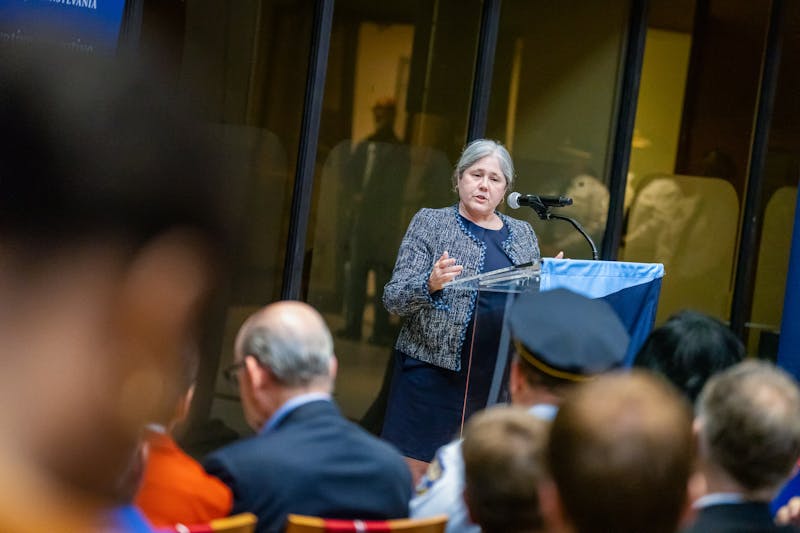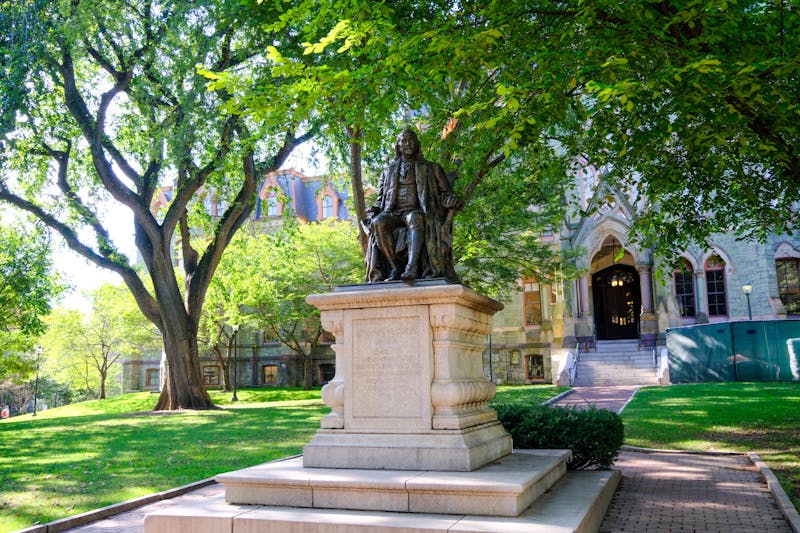Student health insurance premiums will increase over $200 next year to $930, in by far the largest increase of the past six years, Student Health Director MarJeanne Collins said. The decision, which will mainly effect graduate students, effectively ends a year-long debate on the issue which has been a main point of contention for the graduate student leaders. Collins said the large jump was due mainly to the escalating costs of claims, but added that students will also be receiving additional benefits from the more expensive insurance plan. She said the only alternatives to raising the premiums would have been to reduce benefits or increase the deductible -- choices that both graduate students and administrators did not care to do. Since graduate students make up 80 percent of the over 5500 students on University health insurance, steps were taken to involve them in this year's decision-making process. Graduate Student Associations Council President Michael Polgar said last night various graduate student leaders have been meeting with the Student Health insurance administration since the fall and that this week's announcement culminated that process. As a result, this year's insurance plan will also allow students leaving the University to convert to their own individual plans. The University is also switching health insurance companies for the second year in a row, this time from Accordia to Blue Cross Blue Shield of Maryland in order to reduce premiums. According to Collins, a similar plan submitted by Accordia was over $1000. She said the average insurance claim by students has increased by over 100 percent since 1985 -- jumping from $386.76 in 1985 to this year's $792. "HUP is an on-the-frontier hospital," said Collins. "Where there are advances, they are using them." Collins also blamed the high premiums on the national health care inflation rate. Graduate students both criticized and praised the new insurance policy with some saying that students were not adequately consulted. Incoming Graduate and Professional Students Assembly Chair Michael Goldstein said last night he was disturbed by the high cost of the premium and blamed University administration. "People aren't concentrating on the issue partially because those who are making the decisions are not those that get saddled with the increasing premiums," said Goldstein. But Polgar said that while he was disturbed with the high cost, it was "the best of a difficult situation." "The policy is obviously very expensive, and the expense reflects the high cost of medical care, the fairly high level of coverage, as well as the relatively small risk pool," Polgar said. Goldstein said he felt students were consulted too late in the process and were left no option but to take the offered plan. Besides the $50,000 base plan, a $100 yearly deductible, as well as a plan that has the insurance company pay 80 percent of a claim with students paying 20 percent, the new policy also includes $250,000 catastrophic coverage and allows for 30 days inpatient hospitalization at full pay in any member hospital nationwide inluding less expensive Philadelphia hospitals. The new plan also includes a list of contracted providers, which are physicians and specialists who agree to accept insurance payment as satisfying 80 percent of the charges.
The Daily Pennsylvanian is an independent, student-run newspaper. Please consider making a donation to support the coverage that shapes the University. Your generosity ensures a future of strong journalism at Penn.
DonatePlease note All comments are eligible for publication in The Daily Pennsylvanian.







